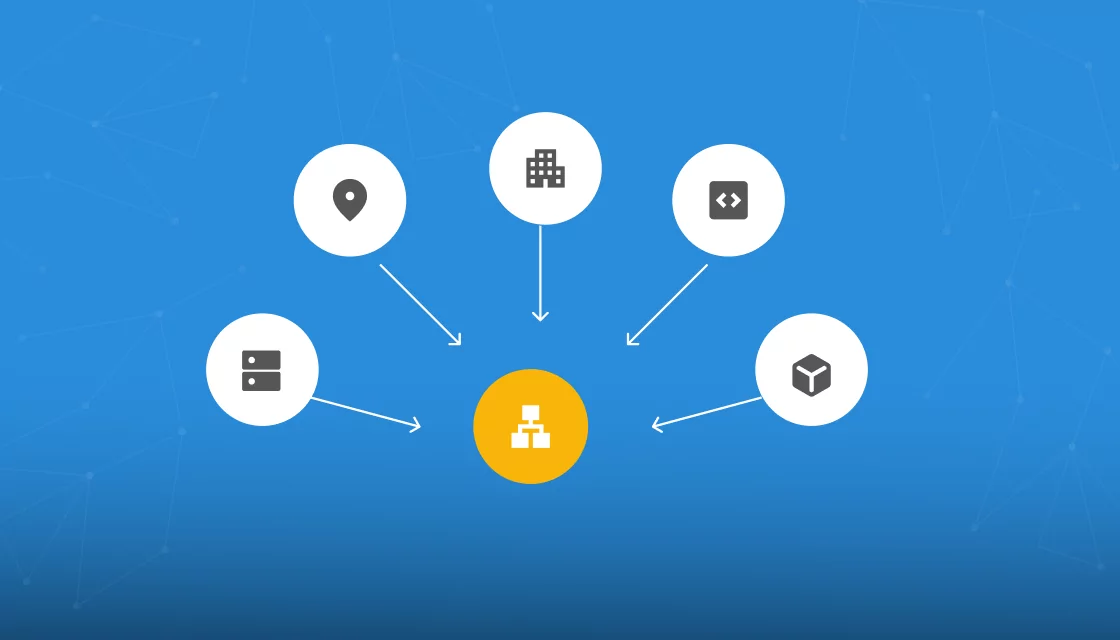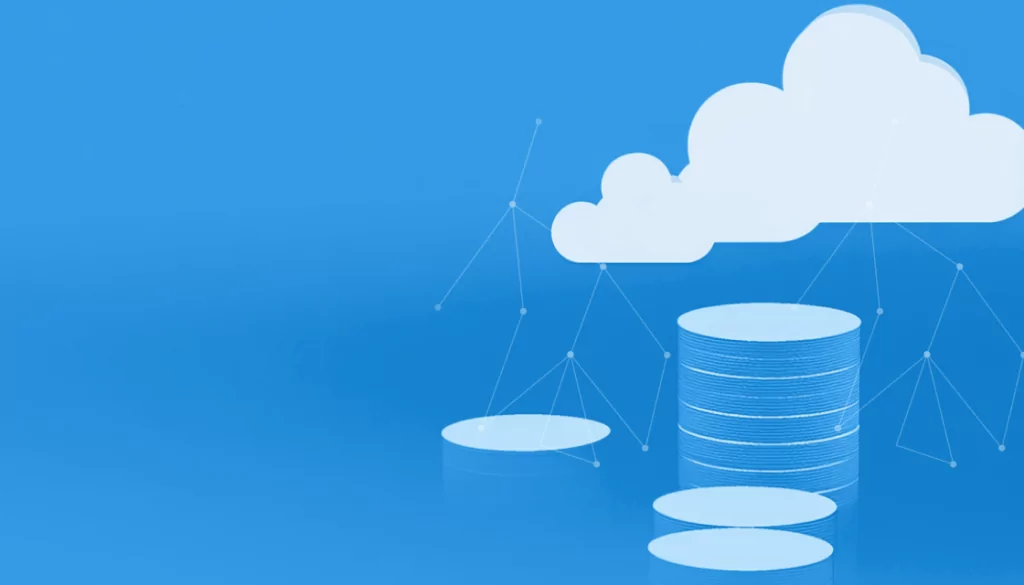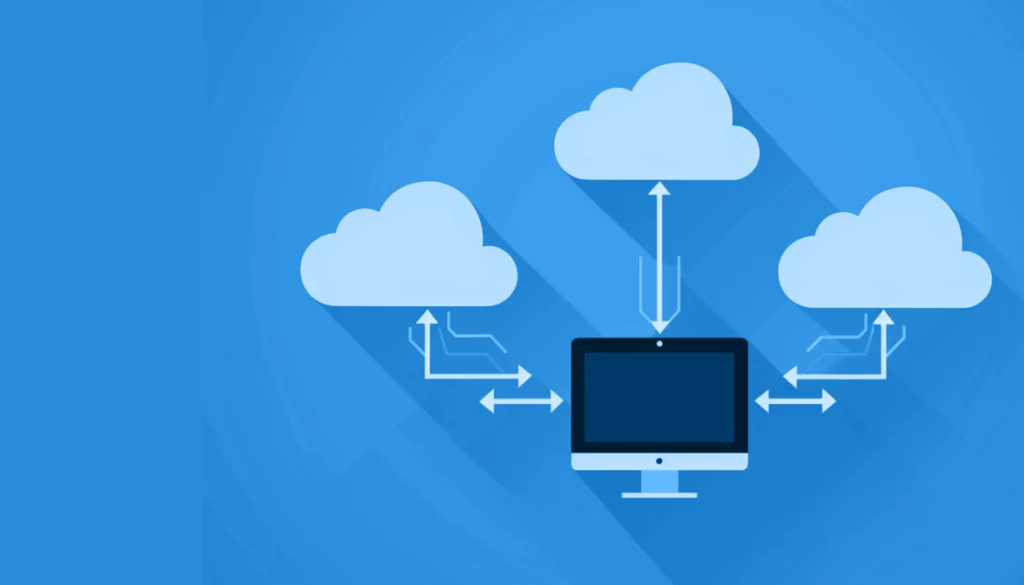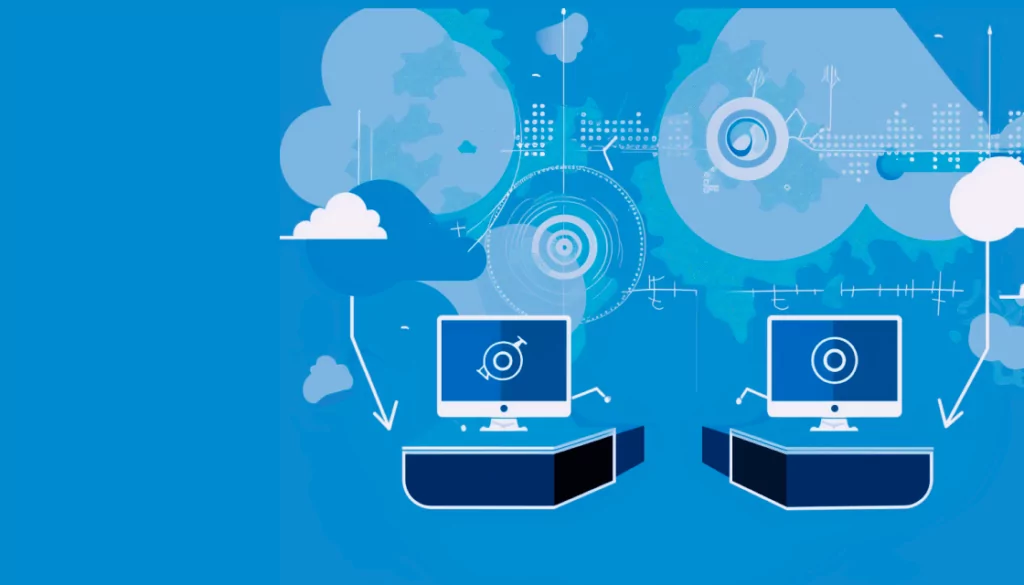What Is an Open-Source CMDB Software?
Open-source configuration management database (CMDB) tools are software solutions that allow users to manage and organize information related to the hardware and software assets of an organization. Unlike proprietary CMDB tools, open-source versions are freely available and typically offer more flexibility, allowing organizations to customize the tool to fit their needs.
These tools provide a centralized repository that enables IT departments to track configurations, relationships, and dependencies across IT environments. Open-source CMDB tools are often integrated with other software ecosystems, providing scalable solutions that grow alongside an organization’s needs.
Table of Contents
ToggleThe Rise of Open-Source CMDB Solutions
The adoption of open-source CMDB tools has increased significantly over the past decade. Companies are increasingly recognizing the cost-effectiveness, adaptability, and community-driven progress offered by these tools compared to their proprietary counterparts.
Open-source solutions allow organizations to avoid expensive licensing fees and vendor lock-in, which can be an advantage for startups and smaller enterprises operating on tight budgets. The flexibility to modify and extend the software’s functionality further drives adoption.
The rise of DevOps and the need for agile IT infrastructure have also pushed organizations towards open-source CMDB tools. These tools are seen as essential for maintaining the pace with fast-evolving IT landscapes, as they allow continuous updates, integration, and enhanced collaboration among developers and IT operations teams.
Top Open-Source CMDB Tools
1. GLPI
GLPI (Gestionnaire Libre de Parc Informatique) is a free, open-source asset and IT management software package that provides ITIL Service Desk features, license tracking, and software auditing. It aims to help organizations manage hardware, software, data centers, and various IT assets, while also offering project management, financial management, and administrative capabilities.
Repo: https://github.com/glpi-project/glpi
GitHub stars: 4K
Contributors: 154
License: GPL-3.0 license
Key features:
- Hardware management: Helps inventory and manage computers, monitors, network devices, printers, and other peripherals with fields for technical and administrative information.
- Software management: Tracks software versions and licenses, ensuring compliance and efficient utilization.
- Data center management: Integrates data center assets, including servers, racks, PDUs, and passive devices, and helps manage their relationships.
- SIM card management: Stores information about SIM cards, including operators, lines, and statuses.
- Helpdesk: Organizes support operations with incident/request management, custom forms, SLAs, and multi-level team support to deliver customer service.
Source: GLPI
2. Ralph
Ralph is an asset management, data center infrastructure management (DCIM), and configuration management database (CMDB) system designed for both data centers and back office environments. It provides capabilities to manage the entire lifecycle of IT assets, ensuring tracking and documentation of purchases, usage, and decommissioning.
Repo: https://github.com/allegro/ralph
GitHub stars: 2K+
Contributors: 53
License: Apache-2.0 license
Key features:
- Asset lifecycle management: Ralph enables users to keep track of asset purchases and their entire lifecycle with a flow system that adapts to various organizational needs.
- Data center and back office support: The tool is designed to support both data center environments and back office operations, providing a platform for asset management.
- Built-in data center visualization: Ralph includes visualization features for data centers, allowing users to manage and view data center components such as rooms, servers, racks, and patch panels in a graphical layout.
Source: Ralph

Lanir specializes in founding new tech companies for Enterprise Software: Assemble and nurture a great team, Early stage funding to growth late stage, One design partner to hundreds of enterprise customers, MVP to Enterprise grade product, Low level kernel engineering to AI/ML and BigData, One advisory board to a long list of shareholders and board members of the worlds largest VCs
Tips from the Expert
In my experience, here are tips that can help you better leverage open-source CMDB tools:
- Design a data model upfront: Invest time in designing a comprehensive data model that reflects your organizational structure and assets. This will streamline customization efforts and avoid costly revisions later.
- Create a dedicated support structure: Since support can be limited in open source projects, establish an internal team or hire third-party experts proficient in the chosen CMDB tool. This ensures timely issue resolution and tool maintenance.
- Leverage automation scripts for data synchronization: Use scripts and APIs to automate data updates and synchronization across systems. This reduces manual errors and ensures your CMDB reflects real-time information.
- Focus on user training and documentation: Develop comprehensive training materials and documentation tailored to your organization. Regular training sessions can help users effectively utilize the tool and stay updated on new features.
- Monitor community forums and repositories: Stay engaged with the open-source community for your CMDB tool. Monitoring forums and repositories helps you stay informed about updates, security patches, and innovative use cases.
3. DATAGERRY
DATAGERRY is an open-source CMDB and asset management tool that allows users to define their own data models for managing IT assets and configurations. It does not come with predefined object types, giving users the flexibility to customize the data model to fit their needs.
Repo: https://github.com/DATAGerry/DATAGerry
License: AGPL-3.0 license
Key features:
- Customizable data models: Users can define their own object types without the constraints of predefined categories, allowing tailored management of various assets such as servers, routers, and locations.
- Automation capabilities: Offers APIs and event-driven synchronization, enabling integration with external tools like monitoring systems, ticketing systems, and configuration management tools.
- Object handling: Users can create, modify, and delete objects with a web-based wizard. All changes are version-controlled, ensuring traceability with timestamps and usernames.
- File import & export: Supports importing and exporting object types and objects in various formats, including CSV, XLSX, XML, and JSON, enabling easy data migration and backup.
Source: DATAGERRY
4. i-doit
i-doit is an open-source CMDB and IT documentation solution that aligns with ITIL best practices. It allows organizations to manage and document their IT infrastructure, providing visibility into hardware and software assets and their relationships. i-doit enables easy installation and data population, supporting both manual data entry and automatic discovery of network components.
Repo: https://github.com/i-doit/knowledge-base
License: CC-BY-SA-4.0 license
Key features:
- Professional CMDB: Provides a CMDB framework that helps organizations manage and document their IT environments systematically, ensuring compliance with ITIL best practices.
- IT infrastructure management: Supports management of IT infrastructure, enabling users to track and visualize the relationships between different components of their IT environment.
- Network documentation: Documents network infrastructure, helping organizations maintain records of network configurations and connections.
- IT inventory: Users can maintain an inventory of IT assets, including hardware and software, ensuring accurate tracking and management of all components within the IT environment.
- Technical documentation: Allows for technical documentation, providing a repository for all technical details related to the IT infrastructure.
Source: i-doit
5. CMDBuild
CMDBuild is an open-source web environment for configuring custom applications for asset management. It enables organizations to build and extend their own configuration management database. CMDBuild supports a range of functionalities, including workflow configuration, reporting, dashboards, document management, and georeferencing assets on maps or 3D models.
Repo: https://www.cmdbuildready2use.org/en/download/latest-version
Maintained by: Tecnoteca srl
License: AGPL-3.0 license
Key features:
- Configurable and customizable: Allows users to define and model their asset management system according to their organizational needs.
- Gradually implementable: Supports gradual configuration, minimizing the organizational impact while implementing an asset management system.
- Enterprise architecture: Developed using design criteria and technologies, CMDBuild is a multi-platform, multi-language system built with Java, Ajax, and SOA architecture on a PostgreSQL database.
- Database modeling: Provides tools for modeling and customizing the database structure to fit various asset management requirements.
- Relationship paradigm: Manages relationships between different assets, ensuring tracking and documentation.
Source: CMDBuild
6. iTOP
iTop is an IT service management (ITSM) tool that aims to improve customer service and operational efficiency for IT professionals, SMBs, and large enterprises. It adapts to the needs of digital organizations, such as infrastructure or application service providers, software companies, and telecoms, managing multiple customers, contracts, and SLAs. iTop serves as a central hub, offering a single solution that maintains confidentiality.
Repo: https://github.com/Combodo/iTop
Corporate sponsor: Combodo
Contributors: 47
License: AGPL-3.0 license
Key features:
- Customizable CMDB: Provides a shared referential CMDB that spans from technical details to business solutions, allowing control over the technical, organizational, and human environments.
- Customizable workflow: Users can set the lifecycle of tickets and tasks to align with organizational processes, ensuring tailored workflows for each business need.
- Helpdesk: Supports daily service management activities, accommodating multi-level, multi-team environments both in-house and externally.
- Change management: Tracks all changes within the information system, from routine patches to major production starts, enabling impact anticipation and user preparation through a CAB reference.
- Incident management: Monitors incidents, links them with system components, and enables cascading resolution while keeping all relevant users informed.
Source: Combodo
Challenges and Limitations of Open-Source CMDB Tools
While open-source CMDB tools offer numerous advantages, they also come with certain challenges and limitations that organizations must consider:
- Complexity and customization: Implementing an open-source CMDB tool can be complex and time-consuming. These tools often require significant customization to meet specific organizational needs. This customization demands a high level of technical expertise, which can be a barrier for organizations lacking skilled IT personnel.
- Integration difficulties: Although open-source CMDB tools are designed for flexibility, integrating them with existing systems can be challenging. Compatibility issues may arise, requiring additional development work to ensure interoperability. This can lead to increased project timelines and costs.
- Limited vendor support: Unlike proprietary solutions that typically come with vendor support, open-source CMDB tools rely heavily on community support. This can result in slower issue resolution and limited access to professional services. Organizations may need to invest in third-party support or build internal expertise to manage the tool.
- Security concerns: Open-source tools can be more vulnerable to security risks due to their publicly available source code. Malicious actors can exploit vulnerabilities if patches and updates are not applied promptly. Organizations must establish stringent security practices and remain vigilant in monitoring and updating their CMDB tools.
- Documentation and training: The quality and availability of documentation for open-source CMDB tools can vary significantly. Inadequate documentation can hinder the implementation and maintenance processes. Additionally, training resources may be limited, requiring organizations to invest in developing in-house training programs or seeking external training services.
- Scalability issues: As organizations grow, their IT environments become more complex, and the demands on the CMDB tool increase. Some open-source CMDB tools may struggle to scale effectively, leading to performance issues. It is crucial to evaluate the scalability of a tool before implementation to ensure it can handle future growth.
- Community-driven development: While community involvement is a strength of open-source tools, it can also be a drawback. The development and release of new features or bug fixes depend on community contributions, which can be unpredictable. Organizations may find themselves waiting for critical updates or needing to develop custom solutions to meet their needs.
Learn more in our detailed guide to CMDB tools
Keep Your CMDB Up to Date with Faddom
Managing a CMDB can be challenging, but Faddom makes it simple. In just one hour, you can map your entire on-premises and cloud infrastructure—agentless, credential-free, and always up-to-date.
Unlike open-source tools that require heavy customization and maintenance, Faddom delivers real-time visibility with minimal effort. Affordable, fast, and highly effective, it ensures your CMDB remains accurate and actionable 24/7.
Ready to streamline your IT management? Start a free trial today to experience the advantages of Faddom, or keep learning about how Faddom can assist with asset discovery!







